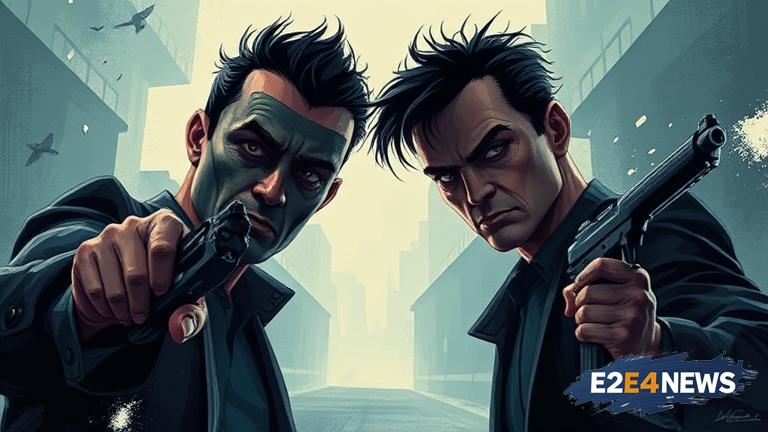The concept of a bad guy protagonist is not new in cinema, but it has gained significant traction in recent years. Movies like ‘The Godfather’, ‘The Wolf of Wall Street’, and ‘Joker’ have showcased the darker side of human nature, making audiences question their moral compass. These films often feature complex characters with flawed motivations, making it difficult for viewers to categorize them as purely good or evil. The rise of anti-heroes in movies can be attributed to the changing times and the need for more nuanced storytelling. As audiences become more sophisticated, they demand characters that reflect the gray areas of life. The bad guy protagonist trope allows filmmakers to explore themes like morality, redemption, and the human condition. In ‘Breaking Bad’, Walter White’s transformation from a meek teacher to a ruthless drug lord is a prime example of this. The show’s success can be attributed to its ability to make audiences empathize with a character who is essentially a bad guy. Similarly, in ‘The Sopranos’, Tony Soprano’s struggles with identity and loyalty make him a relatable character, despite his involvement in organized crime. The use of bad guy protagonists also allows filmmakers to subvert traditional genre conventions. In ‘Pulp Fiction’, the non-linear narrative and witty dialogue make the audience root for characters who are essentially criminals. The film’s success can be attributed to its ability to make the audience laugh and cry with characters who are morally ambiguous. The bad guy protagonist trope is not limited to drama or crime genres; it can be found in comedies like ‘The Hangover’ and ‘Superbad’ as well. In these films, the characters’ reckless behavior and poor decision-making make them more relatable and human. The rise of streaming platforms has also contributed to the proliferation of bad guy protagonists. Shows like ‘Narcos’ and ‘Peaky Blinders’ feature complex characters with flawed motivations, making them more appealing to modern audiences. The use of bad guy protagonists also raises questions about the nature of evil and whether people can change. In ‘A Clockwork Orange’, the protagonist’s violent behavior is conditioned by his environment, making the audience question the nature of free will. The film’s exploration of themes like morality and redemption makes it a classic in the genre. The bad guy protagonist trope has also been used to comment on social issues like racism and inequality. In ‘Django Unchained’, the protagonist’s journey from slavery to freedom is a powerful commentary on the injustices of the past. The film’s use of satire and social commentary makes it a powerful tool for sparking conversations about sensitive topics. The allure of anti-heroes lies in their complexity and nuance. They are often multifaceted characters with rich backstories and motivations, making them more relatable and human. The use of bad guy protagonists also allows filmmakers to push boundaries and challenge traditional genre conventions. As cinema continues to evolve, it will be interesting to see how the bad guy protagonist trope is used to explore new themes and ideas. With the rise of streaming platforms and the demand for more nuanced storytelling, it is likely that we will see more complex characters with flawed motivations in the future. The bad guy protagonist trope is a reflection of our times, and its exploration of themes like morality and redemption makes it a fascinating topic for discussion. As audiences become more sophisticated, they demand characters that reflect the gray areas of life, and the bad guy protagonist trope is a perfect example of this. The use of complex characters with flawed motivations makes for compelling storytelling, and it will be interesting to see how this trope is used in the future to explore new themes and ideas.
